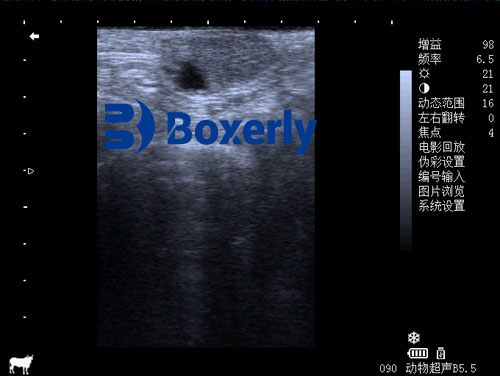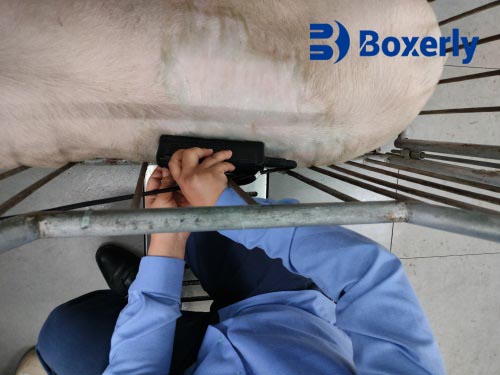In modern veterinary medicine, ultrasound technology has become an indispensable tool for diagnosing and monitoring pet health. Unlike traditional methods, Veterinary ultrasound offers a non-invasive, real-time imaging solution that helps veterinarians make accurate and timely treatment decisions. This article explores the key benefits of veterinary ultrasound and how it improves pet health and treatment plans.

1. Non-Invasive and Painless Diagnostics
One of the most significant advantages of veterinary ultrasound is its non-invasive nature. Unlike surgical procedures or X-rays, ultrasound uses high-frequency sound waves to create detailed images of internal organs, tissues, and blood flow without causing discomfort to the animal. This makes it ideal for routine check-ups, pregnancy monitoring, and detecting abnormalities in pets.
2. Early Detection of Health Issues
Early diagnosis is crucial for effective treatment. Veterinary ultrasound allows veterinarians to identify potential health problems before they become severe. For example, it can detect tumors, cysts, or organ dysfunctions in their initial stages, enabling prompt intervention. This is particularly beneficial for older pets or breeds prone to specific conditions.

3. Improved Accuracy in Treatment Plans
With high-resolution imaging, veterinarians can develop precise treatment plans tailored to each pet’s needs. Ultrasound helps differentiate between benign and malignant growths, assess organ function, and guide biopsies or fluid drainage procedures. This level of accuracy reduces unnecessary surgeries and speeds up recovery times.
4. Monitoring Pregnancy and Reproductive Health
For breeders and pet owners, ultrasound is invaluable for monitoring pregnancies. It confirms pregnancy, estimates litter size, and checks fetal viability. Additionally, it aids in detecting complications like ectopic pregnancies or fetal distress, ensuring the health of both the mother and offspring.
5. Versatility Across Animal Species
While commonly used for cats and dogs, veterinary ultrasound is also effective for larger animals. Advanced equipment, such as those from BXL, a manufacturer specializing in large-animal ultrasound devices, ensures accurate diagnostics for livestock and exotic pets alike.

6. Cost-Effective and Time-Saving
Compared to MRI or CT scans, ultrasound is more affordable and readily available in most veterinary clinics. Its quick turnaround time means pets receive faster diagnoses and treatments, improving overall outcomes.
Conclusion
Veterinary ultrasound has revolutionized pet healthcare by providing safe, accurate, and efficient diagnostic solutions. From early disease detection to reproductive monitoring, its applications are vast and essential for modern veterinary practices. By integrating ultrasound technology, veterinarians can deliver better care, ensuring pets live healthier, happier lives.
Whether you’re a pet owner or a veterinary professional, understanding the role of ultrasound in animal health is key to making informed decisions. With continuous advancements in technology, the future of veterinary diagnostics looks brighter than ever.
tags:
Text link:https://www.bxlultrasound.com/ns/785.html


